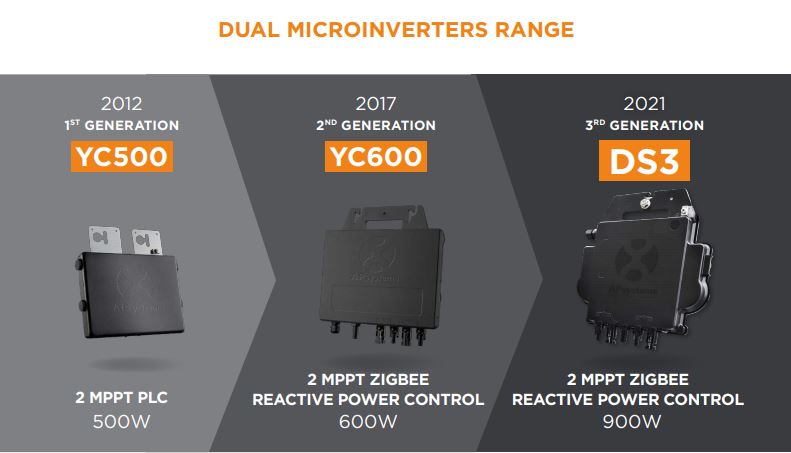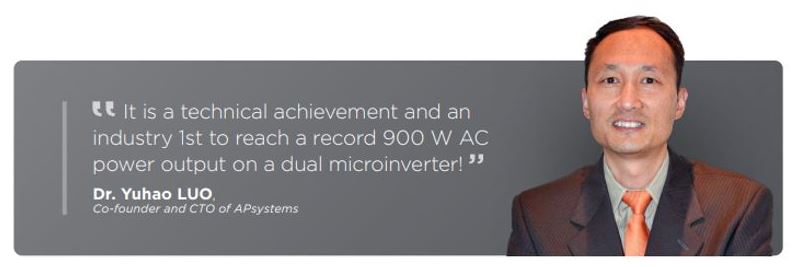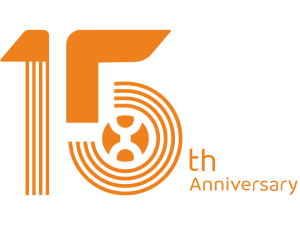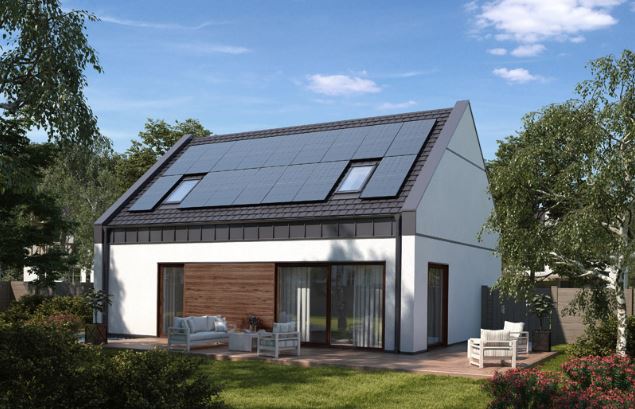“The DS3, a completely new architecture”- Interview from Dr LUO, CTO & co-founder of APsystems
APsystems co-founder and CTO, based in Cupertino, Silicon Valley, unveils the technological background of the most powerful microinverter on the market: the NEW dual DS3 (for Dual, Single-phase, 3rd generation) coming approximately September 2021.
Dr. Luo, APsystems is planning to launch its 3rd generation dual Microinverter very soon, how does this product differ from previous generations?
« It has now been a decade since we gradually established ourselves as the global benchmark in multi-module microinverters for the solar industry. Our expertise in power electronics allows us to design and manufacture a wide range of MLPE solutions (Module-Level Power Electronics) on top of our well-known range of microinverters. Regarding our dual microinverter range, the 1st generation with the YC500, launched eight years ago, has received a phenomenal reception in the world market and has strongly reinforced our idea that a dual microinverter architecture solution with 2 MPPT connecting two modules makes complete sense. Since then, we have not stopped innovating, year after year, with ever more powerful, integrated and intelligent products. In 2017, we launched the 2nd generation of single-phase dual, the YC600, which, beyond superior AC output power, incorporates Zigbee communications with all the competitive advantages it brings in terms of signal speed, robustness and ease of installation for professionals. The company has also chosen to integrate this communication technology across the entire product range.

At this stage, we also needed to make our products interactive with power grids. A feature commonly referred to as RPC (Reactive Power Control) or reactive power factor management, has been increasingly requested by utilities to better manage photovoltaic power spikes in the grid and facilitate its integration. This is a requirement, already in force in countries like Germany, US, Italy or Australia, which is gradually spreading all over the world. The DS3, our 3rd generation dual microinverter planned to be released on the market approximately September 2021, not only brings together all the innovations from previous generations but goes even further.

First, it relies on a completely new architecture that will provide 50% higher power, and higher efficiency. We have also added enhanced communication security leveraging Texas Instruments’ Zigbee module, a global benchmark in this field, onto which we are adding a cybersecurity tool called Karamba to make code programming completely inviolable and all PV production data processed by our customers fully secured. In terms of form factor design and microinverter materials utilized for the casing, we have also opted for an innovative, optimized, compact design combining cast aluminum on the front and rugged polymer on the back making the product lighter while maximizing its power. All components are still encapsulated with silicone to reduce stress on the electronic components, facilitate thermal dissipation, enhance waterproof properties and ensure maximum reliability of the system via rigorous testing methods including 20 000 hours of accelerated life testing and many other procedures which are part of our ISO 9001 certification process. This generation is also a result of unprecedented integration work that has enabled us to reduce the number of components by 20% while delivering 50% more AC output power than the YC600, our current generation. It is a technical achievement and an industry 1st to reach a record 900 W AC power output on a dual microinverter! With 97% efficiency and a wide range of MPPT operating voltage, the DS3 will be able to connect two modules up to 650 Wc each. It supports all utility requirements for remote control and programming. It also has improved remote upgrade functions to ensure any future requirements. The product is currently going through all safety certifications and compliances. The DS3 is a groundbreaking, grid interactive product that will democratize even further the use of microinverters in the residential and multi-residential solar market segments. »


